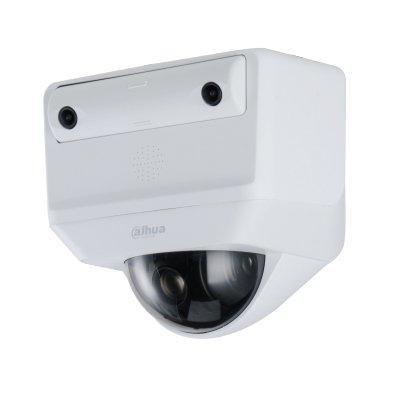 |
| Local authorities are trialling the switching off of selected street lights |
This switch off is being driven, in large part, by the hope that it will save energy and ease the strain on severely stretched council budgets. Powys Council in Mid-Wales, for example, has now turned off thousands of street lights in a dramatic bid to help balance its budget. Real concerns are being expressed, in terms of the negative consequences that could follow, where street lights are not on at all or operating on reduced hours, including the level and fear of crime. The reality is that many older and vulnerable residents are likely to be reluctant to leave their homes after dark, without adequate street lighting, as the nights draw in this winter.
Unfortunately, when policymakers come to make decisions from a public safety perspective, with regards to lighting and criminal activity, they are not helped by a wealth of contradictory evidence. A 1991 Home Office Study on the subject suggests, for instance, that the benefit is less on actual crime levels but rather the public's fear of crime, while the Police Superintendents' Association recently criticising the ‘switch off' trials stressed that effective street lighting can and does deter crime.
While the jury may be out on the direct relationship of street lighting and crime prevention there is agreement that it makes people feel safer and this has to be a key consideration when a decision is being made. Of course illumination at night is also a critical element where CCTV is concerned, both to allow action to be taken against the perpetrators, if they are being monitored by a town centre scheme, and also to provide the best quality evidence for subsequent prosecution.
 |
| Illumination at night is a critical element where CCTV is concerned, to allow action to be taken against the perpetrators and to provide quality evidence for prosecution |
Although my own view is that, for event driven CCTV, it is desirable for sites to be permanently lit during the hours of darkness, we can be sure that this approach is not always going to be acceptable to site owners particularly in these difficult economic times. Furthermore, some owners will feel it is politically incorrect to be seen to be consuming energy all night when their sites are unoccupied. In these cases it is preferable for event-driven CCTV that the detectors associated with remote monitoring are used to drive the illumination. If an intruder is detected this approach means that adjacent lights can be turned on remotely to illuminate a camera's field of view, which may not happen if the lights and monitoring are triggered separately. It also definitely makes sense for the Remote Video Response Centre (RVRC) to have the ability, through the monitoring solution, to turn lights on and off, either across the whole property or, in the case of larger sites, for separate zones.
Of course care should always be taken to ensure that any lighting does not cause a nuisance to others. There is legislation, specifically the Clean Neighbourhoods Act 2005 and Environment Protection Act 1990, which allows action to be taken if it is impacting on neighbouring properties.
So to conclude, while it is understandable that local authorities and business may want to reduce night time lighting, because of economic pressures or environmental concerns, this has to be carefully balanced against the practical impact of such moves on the ability to detect and deter crime and provide a safe environment for us to live and work in.
















